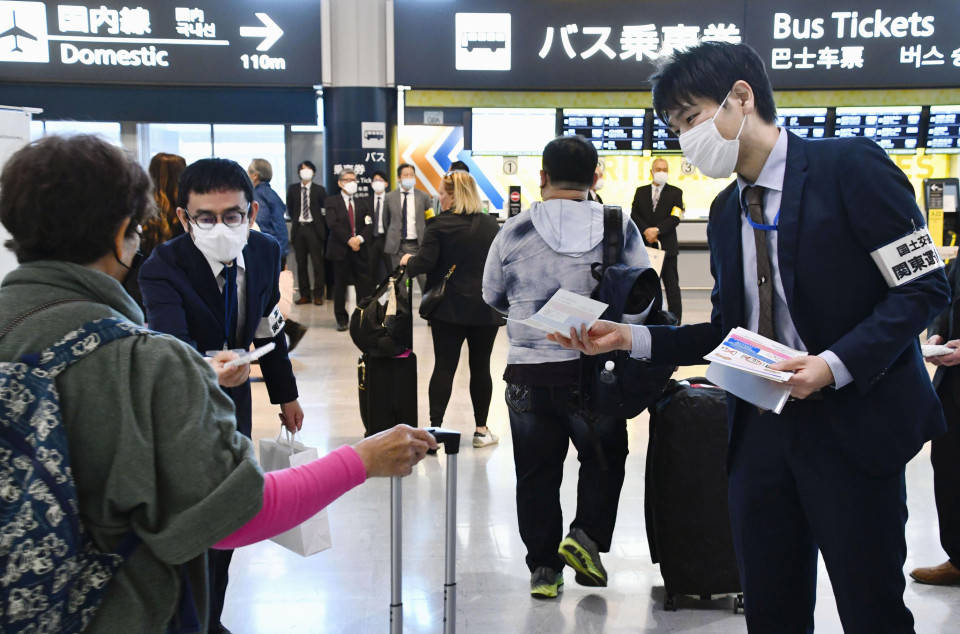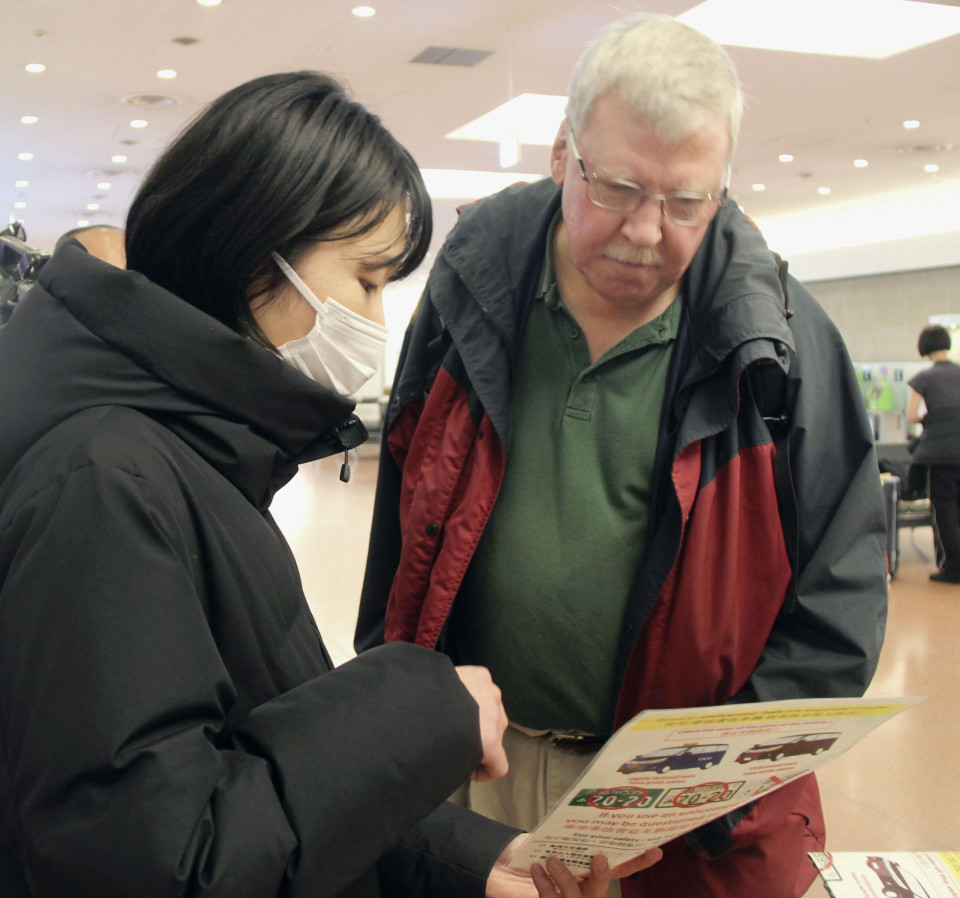As Japan experiences a post-pandemic tourism boom, the re-emergence of illegal taxis driven by foreign nationals is causing headaches for police on the roads as well as powerful taxi companies who believe them a threat to their monopoly.
While ride-hailing services that allow private drivers to independently offer their vehicles as taxis are common in other countries, such services, only implemented recently in limited areas of Japan, must be operated by taxi firms that hire the drivers.
Illegally operated taxis with white plates are widely known as "shirotaku," or "white taxis," while commercial vehicles such as official taxis bear green plates.
However, since independent drivers who wish to engage in offering legitimate ride-hailing services use the same white plates, confusion may grow as the market expands in the country.
Authorities are concerned that unscrupulous drivers bearing white plates can effectively take advantage of this loophole in established online platforms to operate illicit taxi services.

The issue has been reignited in part by Japan's post-COVID inbound tourism revival, with monthly totals suggesting the country is on track in 2024 to welcome in excess of the record 31.88 million entries it logged in 2019.
Prospects of changes to how taxi services are run are of concern to authorities, as trials of Japanese ride-hailing initiatives in parts of the country have created a crack in the taxi companies' monopoly that private drivers seem keen to exploit.
In one case at Tokyo's Haneda airport on Feb. 8, just ahead of the Lunar New Year holiday celebrated in many East Asian countries, police approached a luxury van with white license plates dropping off a Taiwanese family.
But when officers began questioning the Chinese man in the driver's seat, he sped off. On the same day, police and government staff had been handing out flyers at the airport in English and Chinese warning that the use of white-plated taxis is illegal.
It later became known that the Taiwanese family had booked the man's services via a travel website before arriving in Japan, paying him around 40,000 yen ($270) to transport them the approximately 150 kilometers from popular hot spring destination Hakone.
The man was eventually arrested in March with police alleging he contravened the law on road transportation.
The case came as there has been an increase in complaints received by police over unlicensed taxis using Chinese apps -- an issue that arose before the coronavirus pandemic -- going from two in 2021 to four in 2022 and 20 in 2023.
In February of this year alone, five drivers, four of them Chinese nationals, were arrested in connection with such services.
The five were connected via a social media chat app to another person who appears to be a broker. Under the system, the broker accepted reservations from customers via overseas ride-hailing apps and recruited drivers to provide the service.
Among the arrested were drivers who carried customers who had made reservations through Booking.com, one of the world's largest travel websites.
Booking.com Japan K.K. has said that while it is possible to book taxis from the airport via its website, the actual dispatch of vehicles is handled only by affiliated firms licensed to operate on its platform.

An official from the company said it was a "clear prerequisite" that vendors it works with obey the law. Police believe that companies from overseas may be among the affiliated firms in Japan, or that there may be people with connections to brokers facilitating the illegal business within the companies.
As tourist numbers rise, police say they have spotted multiple unaccredited taxis waiting for extended periods for passengers in popular spots including the high-end Ginza shopping district in Tokyo. A senior police official said such activities "run the risk of causing accidents."
The industry faces the dual challenge of driver shortages, an issue that arose during the pandemic, and the taxi companies' unwillingness to loosen their grip on the lucrative and protected market.
It is not only the companies that oppose the shift, with the All Japan Federation of Automobile Transport Workers' Unions, which represents taxi drivers, also lobbying against it.
The union in 2020 petitioned the government to not move forward with the change, citing safety concerns around unregulated working hours.
Within the industry, driver overwork, labeled "the 2024 problem," led to new legislation going into force from April to limit the annual overtime of some drivers, including taxi drivers, spurring new moves to secure more labor via alternative means.
But the government has instead eased its grip to allow ride-hailing trials in select cities including Tokyo since April, with the program rolled out to further locations from May. Among them is Osaka, where the local government has aired concerns supply may not meet demand come the 2025 World Expo.
Prime Minister Fumio Kishida on May 31 instructed Cabinet ministers to begin discussions toward a wider lifting of restrictions on ride-hailing services. At present, the service is limited to specific areas and times by drivers with the relevant licenses to carry passengers who are under the management of taxi firms.
Following the news, Uber Technologies Inc. CEO Dara Khosrowshahi at a Tokyo press conference on June 3 called for rule changes to allow drivers in Japan to work independently, rather than having to be employed by taxi companies.
Despite the prospect that rules over private taxis could loosen further in the near future, a source with the National Police Agency said, "it is important we don't allow white-plated taxis a chance to take advantage of the proper ride-hailing system."
Related coverage:
Doctor at scene of Akihabara mass killing recalls pain of lives lost
FEATURE: AM radio listeners set to be permanently tuned out in Japan
FEATURE: World's 1st "edible robot" offers researchers feast of insights










 By Mei Kodama,
By Mei Kodama,